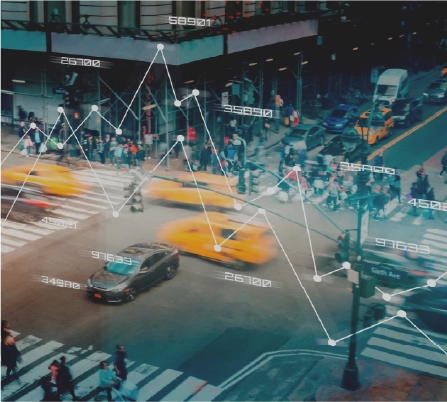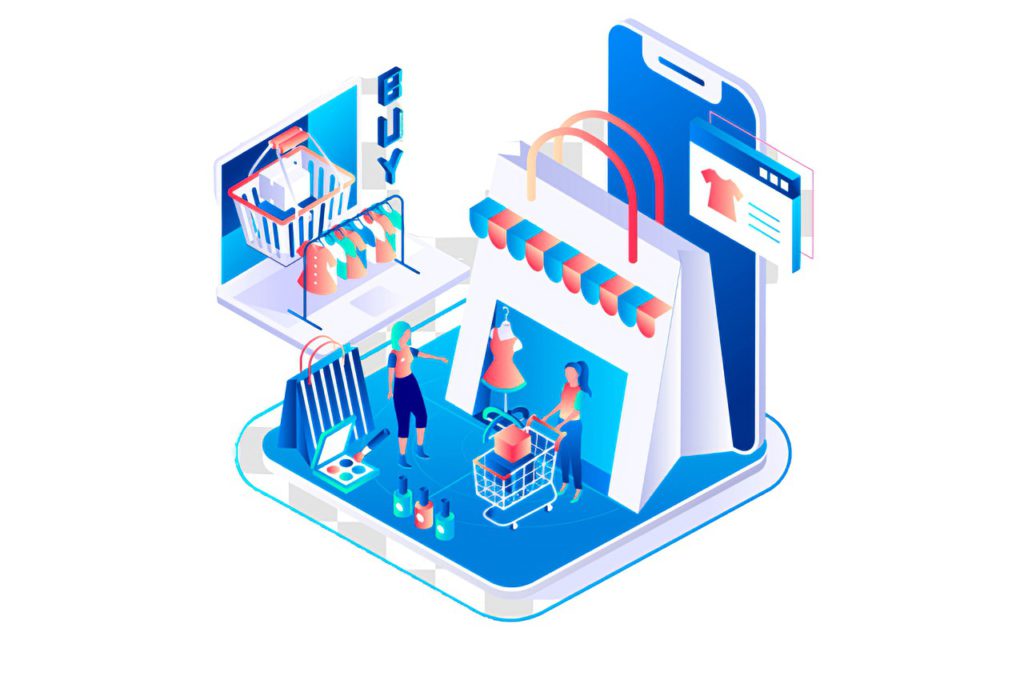Project Management
What Will Retail Look Like in a Smart City
- Adele Jean
- September 29, 2021

The UN predicts that 68% of us will live in urban areas by 2050. And the International Data Corporation estimates that somewhere around 60% of us will be living in smart cities by the same date.

While smart projects have tended to focus on transport and environmental solutions thus far – see Zurich’s installing of smart streetlights, which dim according to traffic levels, achieving a 70% energy savings, and Chicago’s ‘nodes’ – sensors which collect data relating to air pollutants and ambient noise levels, helping city planners. Sensors and data are increasingly becoming part of our simplest tasks. Checking your door camera when not home, or getting a real-time update on how long your train’s going to be from a transport app, say. An article on smart mobility by Verizon Connect outlines how we are close to reaching a true smart city, focusing on how vehicle telematics will improve driver safety, fuel consumption, and more accurate scheduling for logistics.
The concept of smart retail isn’t new. Coca-Cola had a vending machine that reported stock levels, and also whether the drinks inside were cold in 1982. You’ve probably used it more recently by swiping a card into a tablet to buy produce at a farmer’s market, or drinks at an outdoor show. In 2017, Pavegen installed kinetic sensors into the sidewalk in London’s Bird Street. Pedestrians generate electricity with their footsteps, an app shows them how much they’ve produced and they’re rewarded with shopping vouchers at incremental levels. It isn’t hard to see how, say, a big box hardware retailer or large supermarket could install similar things inside an outlet, saving money on electricity and passing the savings onto the consumer.
Simple ways of combining online and offline are already commonplace in retail – digital coupons based on your prior purchasing habits being a frequent example. Clothing stores can use apps for customers to pre-book selections of fashion releases they wish to come in and try on. LEGO took it to the next level by teaming up with Wearesocial for London Fashion Week 2019 to sell streetwear from an empty unit, with stock virtually visible – and purchasable – entirely through a Snapchat AR lens. The benefits are vast; as more people pile into cities and rents in prestige shopping districts spiral ever upward, retailers can do more with less space. Virtual shopfitting can change a boutique’s layout at the touch of a button.
The picture for smart city retail is both big and small. While live data will be utilized to optimize logistical efficiency for the retailers themselves, there’s room too for the personal. 7-11’s Now system has PINS – or sensors for pick-up points in public spaces such as beaches and parks – in 27 metro areas, and they’re delivering to customers where those customers are. Smart city retail will be more efficient, more innovative, and more personalized. And it will only get more convenient and smarter for consumers as the years go on.
Email Newsletter
get updates & more
